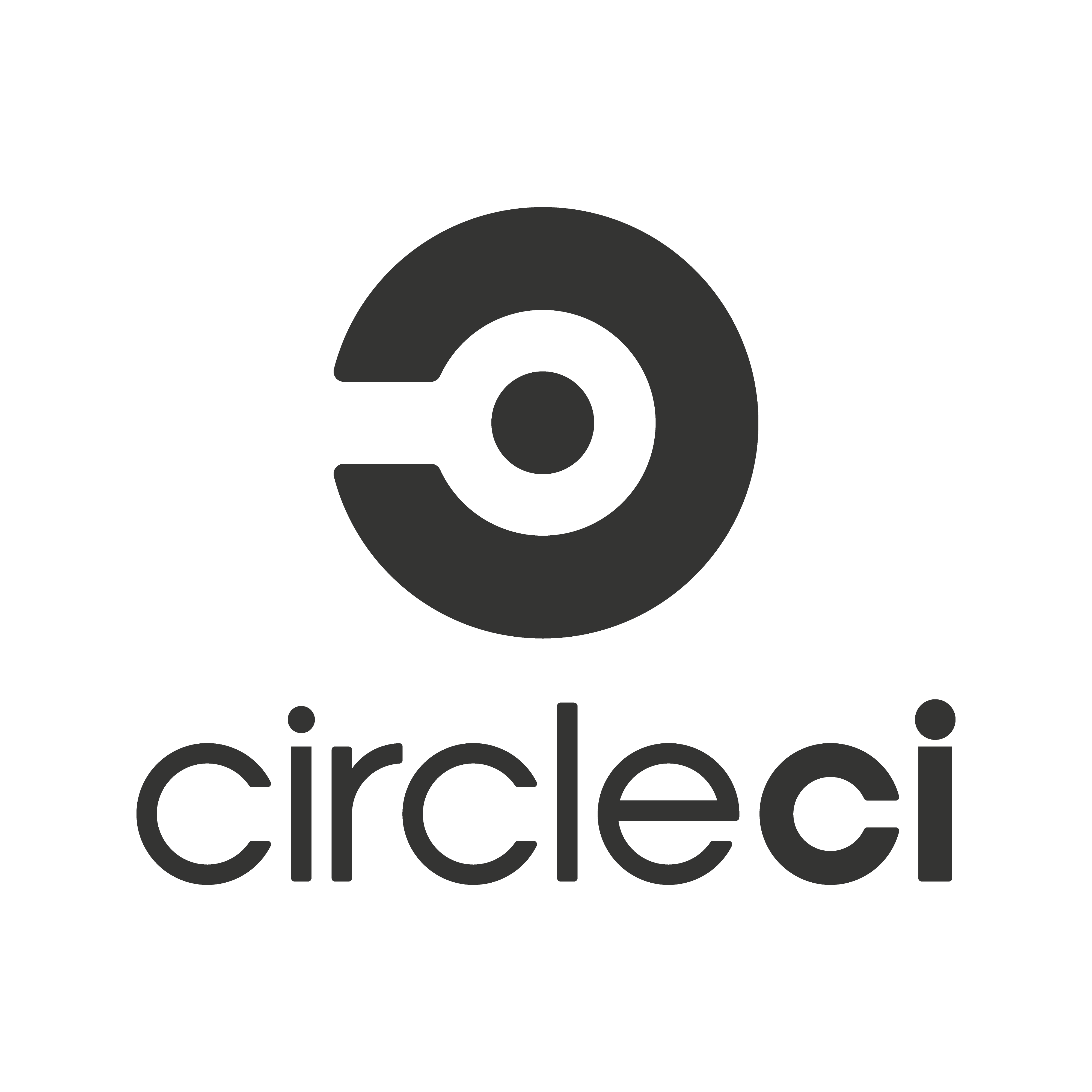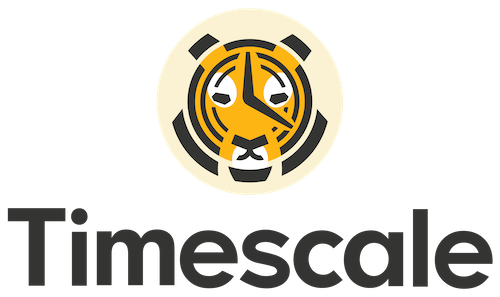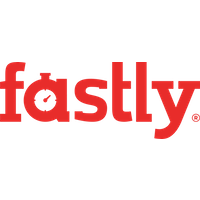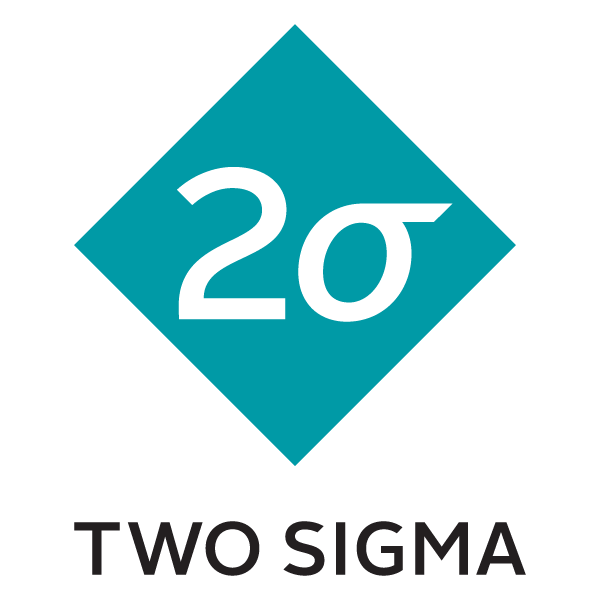Don't Fail Fast. Learn Faster
Gene Kranz is quoted as saying “Failure is not an option” during the Apollo 13 disaster. But let’s face reality, there was a huge failure: Apollo 13’s Service module was seriously damaged and if things stayed the same people were going to die. In his book “Failure: Why Science is So Successful” Stuart Firestein dispels the idealized myth of science and makes the case that Failure is a key element in the advancement of Science. I will present a 2 by 2 chart with Learning (low to high) and Blast Radius (low to high) as a way to think about how to design/think about experiments and projects.
- Quadrant 1 (Low Learning, Low Blast Radius) is basically a waste of time, equivalent to rebooting Windows to fix a problem. Little damage, but also little learning and worse we destroyed all the evidence.
- Quadrant 2: (Low Learning, High Blast Radius) this is Ugly. Will touch on the 1907 The Quebec Bridge Collapsed, in which 84 people died and little was learned from the warning signs along the way.
- Quadrant 3: (High Learning, High Blast Radius) this is potentially redeemable. Will touch on United Flight 173 and while people died, a lot was learned from that flight and the black box data, that saved many future lives.
- Quadrant 4: (High Learning, Low Blast Radius) this is Beautiful. Will discuss the Pixar method of iterating over a film and its story 100K+ times, staring with low cost rapid story sessions to go from “sucks to great”
Will then provide some practical heuristics for helping people limit blast radius and increase learning, such as running Pre-Mortems, Failure Weeks, Building Software Black Boxes (ala plane Black Boxes) and Mentioning some of the design patterns from “Release It!” by Michael T. Nygard.
Will touch on how to better react to failure personally and help others learn from failure.
Speaker
Quincy Iheme
Quincy Iheme has always had a passion for technology and the industry, from the time he built his own personal computer from scratch to editing his Myspace page with basic, HTML, and CSS. Since
...


































